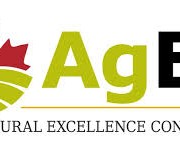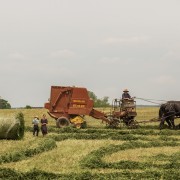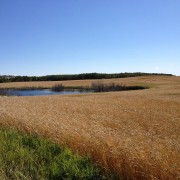Reviewing 2015
We often get so focused on process that we fail to stop to take a look back now and again. If you feel like you’ll never reach your goal of <fill in your own goal,> take some time for review to see how far you’ve come.
Where were things one year ago? If you were like most, you were concerned about excess moisture from fall 2014, and about how you might get the crop in next spring. If you grew durum, you were likely troubled with how to market a crop decimated by fusarium. If you have hired staff, you may have been thinking about how to keep your good people over the winter so as to ensure you’ve got them in the spring.
Spring changed from too wet to a drought in about a 3 week period. Mix in a handful of late May frosts, and before the first in-crop spray was applied, many of you were not sure what kind of crop you might have. After the frost, many of you had re-seeded a significant portion of your farm. The frost and the re-seeding brought on a new challenge that was unforeseen to many: multiple levels of plant growth/maturity. What fun this created at harvest! Of course, that’s when most of the rains came…August and September.
Yields weren’t the disappointment most of us were expecting based on such little rain through May, June, and most of July. And while this kept many income statements from looking like a total disaster, there were far too many discouraging sides to crop rotations everywhere; returns resembled the early 2000’s rather than the last 4 to 5 years. Oil prices were dropping all year, and many of you began getting phone calls from people now unemployed from the oil industry to come work on your farm.
And so, in looking back over 2015 we want to focus on progress, innovations, shortcomings, and of course, lessons learned over the last 12 months.
Direct Questions
What progress did you make on your long term goals? Short term goals?
What innovations did you employ this year? How have you evaluated results to determine their success or failure?
Where did your business fall short of expectations in 2015? What did you learn from it, and what will you do different?
From the Home Quarter
Without getting too proverbial, if we don’t take the time to review results, we are likely to repeat our previous actions. Decisions that hurt our gross margin, or dramatically increased our controllable expenses need to be acknowledged and rectified. Decisions that maximized profits, or increased efficiency need to be leveraged even further. But we will never know if we don’t stop to look back once in a while.
For an impartial view of your farm’s 2015 results, our proprietary Farm Profit Improvement Program™ will clarify your financial position, and help you understand the factors that feed your growth or hinder your progress. Call me or send an email to learn more.










